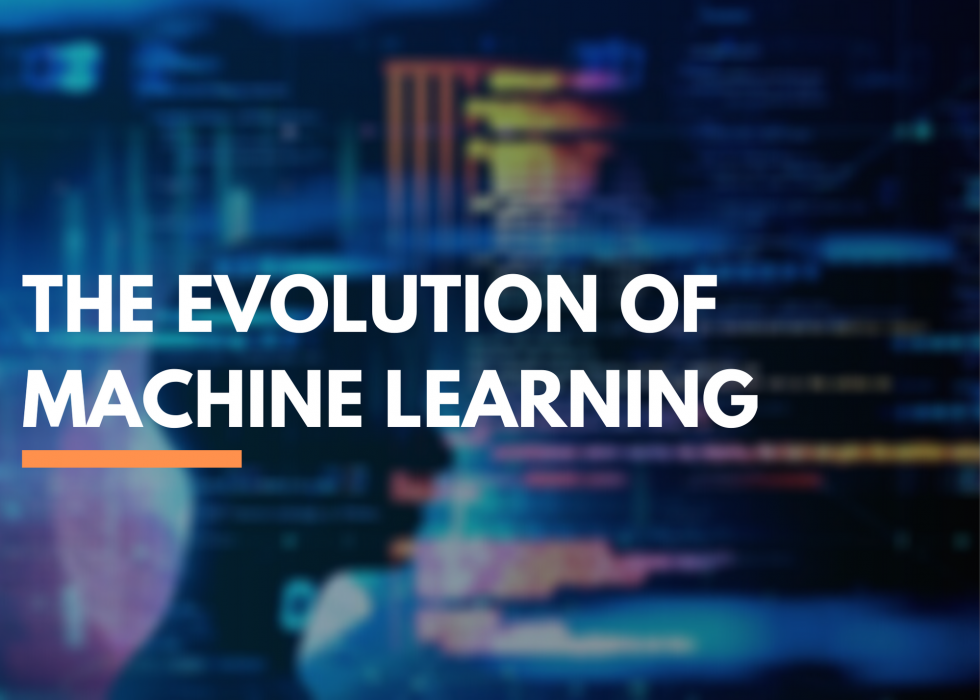Machine learning is a type of artificial intelligence that allows machines to learn for themselves, without having to be programmed by a person previously.
With machine learning, machines are able to learn consistently and not just to perform the tasks for which they were originally created. Machine learning goes much further. Being, on the other hand, a method of data analysis that automates the construction of analytical models.
The software that governs the operation of these machines, changes and adapts to new environments and challenges. By receiving new data, machines manage to process them on their own, to adapt their behavior and the machine itself is able to analyze, develop and implement methods that will allow it to evolve, following its own learning process.
This technology advances relentlessly and so we can hardly consider it a “new technology” because its evolution is daily. As we have found that there are some gaps in this area, we have prepared this basic guide to understand what machine learning is in eight concepts.
Due to new computing technologies, machine learning today is not like that of the past. He was born from pattern recognition and theory that computers can learn without being programmed to perform specific tasks; researchers interested in artificial intelligence wanted to know if computers could learn from data. The iterative aspect of machine learning is important because as models are exposed to new data, they can be adapted independently. They learn from previous calculations to produce reliable and repeatable decisions and results. It’s a science that’s not new – but has gained a new momentum.
Deep Learning is a fundamental part of machine learning, as we find artificial neural networks, the most commonly used algorithm to date, and, like machine learning software programs, are designed in the image and likeness of the human brain. In fact, they mimic them using millions of computational units that we could resemble the neural networks of the human brain.
These artificial neural networks increase their learning capacity every minute, and they do so autonomously, without the need for anyone to monitor them. This learning capacity is developed based on the external stimuli that the artificial neural network is receiving.
This network of computational units is layered through which information propagates to a final layer in which the system makes a decision. This learning, at the moment, may be supervised or unsupervised, but there is a growing trend that points to further development in unsupervised learning for its usefulness in solving problems for which we find no solutions today.
As we said, the learning of these machines can occur in a supervised or un supervised way. That is, in supervised learning the system receives human guidelines through algorithms that guide a training line, as well as the final results that we want to obtain.
The resurgence of interest in machine-based learning is due to the same factors that have made Bayesian data mining and analysis more popular than ever before. Things like the growing volumes and varieties of data available, more economical and powerful computational processing, and affordable data storage.
All of these things mean that it’s possible to produce models quickly and automatically that can analyze larger, more complex data and produce faster, more accurate results – even on a very large scale. And with the construction of accurate models, an organization has a better opportunity to identify profitable opportunities or avoid unknown risks.
Reinforcement learning is often used for robotics, games and navigation. With reinforcement learning, the algorithm discovers through trial and error which actions produce the greatest rewards.
This type of learning has three main components: the agent (the one who learns or makes decisions), the environment (everything the agent interacts with), and actions (what the agent can do). The goal is for the agent to choose actions that maximize the expected reward in a certain amount of time.



